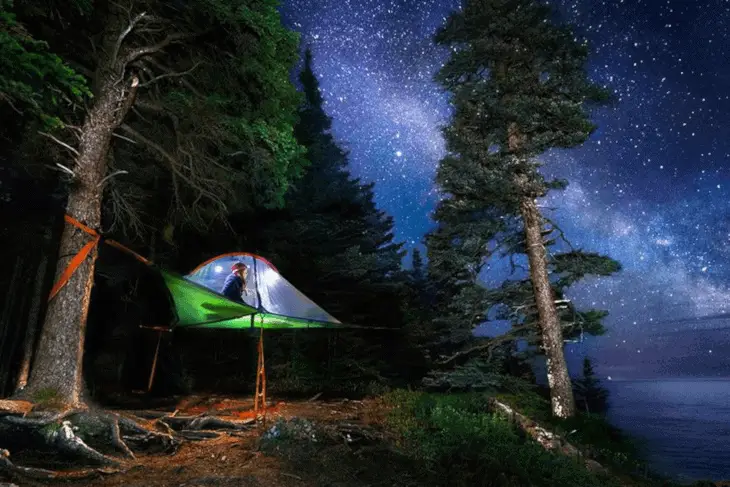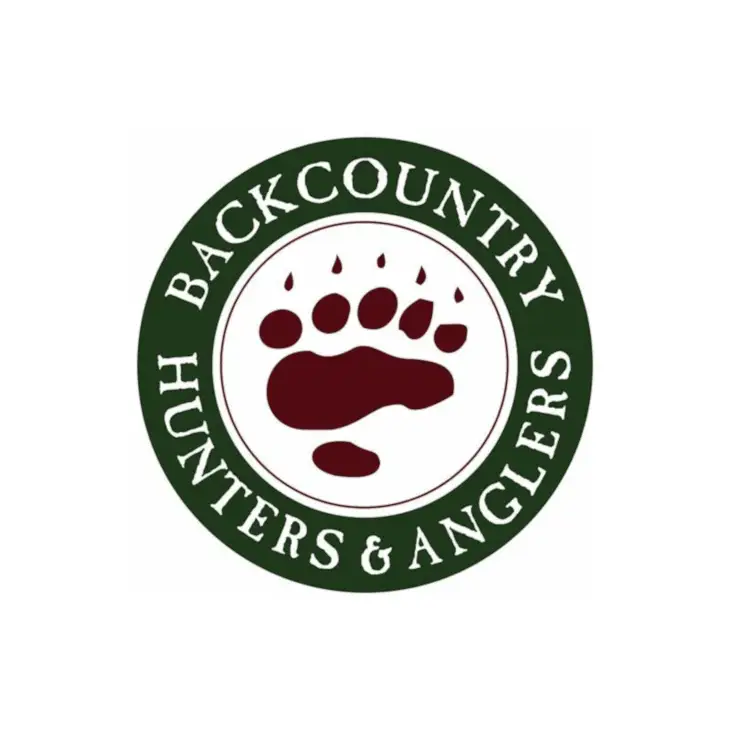In today’s interview, we’ll talk with our new friend Zoltán, of Classic Bow. Classic Bow, the company, sells a wide selection of bows, ranging from Hungarian bows, to Mongolian bows, to Turkish bows, and many others. They also sell leather gloves and armguards and other classic accessories that are one-of-a-kind (including some gear that’s hard to find, like thumb rings).
As for Zoltán himself—we’re very glad to have spoken with such a unique personality! Proud Magyar, lover of archery, incredibly open and honest—a very interesting guy!
A big “thank you” to Zoltán for speaking with us, and if you get the chance, check out Classic Bow—there are some absolutely incredible pieces on the site, including some bows that are simply works of art—beautifully crafted from historical designs, and amazing to see.
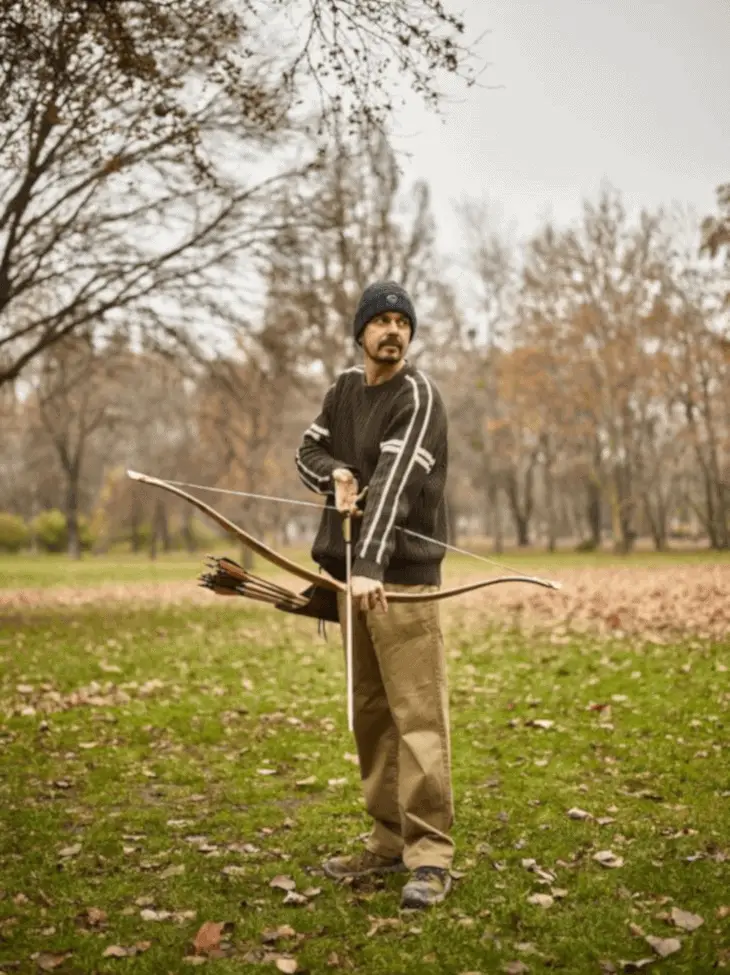
Q: Hello, Zoltán! It’s good to speak with you. Let’s start at the beginning: how long have you worked with Classic-Bow.com? How and when did you start?
A: In 2001, I bought an expensive camera and some studio equipment. My friend started his classic bow business probably a year before that and he grasped the opportunity, bugging me for nice photos. It all went from there!
Q: What do you do at your job with Classic-Bows.com? What is it like? What are some of the challenges and rewards of working for the company?
A: I do most things! This is a one-man-show by now, so I am all the departments you can think of. I do just about everything, but I like customer service best—I’ve made more friends doing this than I had all my life before. That would be my favorite part.
The biggest challenge of the job is packing. I’ve always hated physical work, even when I was a kid—and I was a national champion athlete when I was a kid! I just don’t like it. I don’t look down on it; I just don’t like it.
So that’s no fun for me. By the way, did I tell you? I started archery after an accident. My right arm was almost lost—I still have metal planted in my arm/shoulder. That’s one of the reasons packing is so hard, because my arm aches all the time.
Q: That’s rough. So what’s next? We get a lot of questions about the different types of bows. Can you tell us what you’ve learned about them, and how they’re different? Hungarian, Mongolian, Persian, and so on?
A: There’s a lot to know, but here are some quick tips: the shorter and more C-shaped the bow, the snappier it is. The more linear ones, like Hungarian bows, are somewhat more forgiving and tend to be smoother. The Mongolians have these nice large string-pads, but I’m not sure if any bowyer of today ever found out what they are for. Theoretically, to dampen shock but a Hungarian of the same shape performs just the same. Persian and Turkish are very similar, but then again, the only Turkish bows I carry are Grózer bows, and other bowyers might make them a bit differently.
Q: We saw those Turkish bows on your site, and they’re gorgeous. Can you tell us, what are your best-selling bows?
A: These days, the Grózer ones (like this one, and this one, and also this one) are the best-sellers, by a long shot. Csaba Grózer is a bowyer who lives in Hungary, in a small village named Feketeerdõ. On his website, he talks about why he makes bows and what they mean to him—it’s great to read. He’s incredibly talented, and his bows are amazing. They’re bows, but they’re also works of art. They are probably our best-sellers.
Q: What kind of feedback do you get from your customers? Do you find that your customers have characteristics in common—are they from a particular part of the world, or are interested in a particular style of archery like horseback archery or bow hunting, or something like that?
A: This is by far my favorite question. In my experience, archers are the greatest and sweetest people you can think of. Just amazing. As I mentioned above, I make friends through this business regularly, and we exchange thousands of emails, and they even send me gifts and vice versa. They try to make me move to their country and stay with them. Smoke gets in my eyes, literally.
Most of my clients are from the USA, but I have customers from all over the globe. I even used to have customers in South Africa, but no longer. As for “styles,” no—people of all different interests contact me.
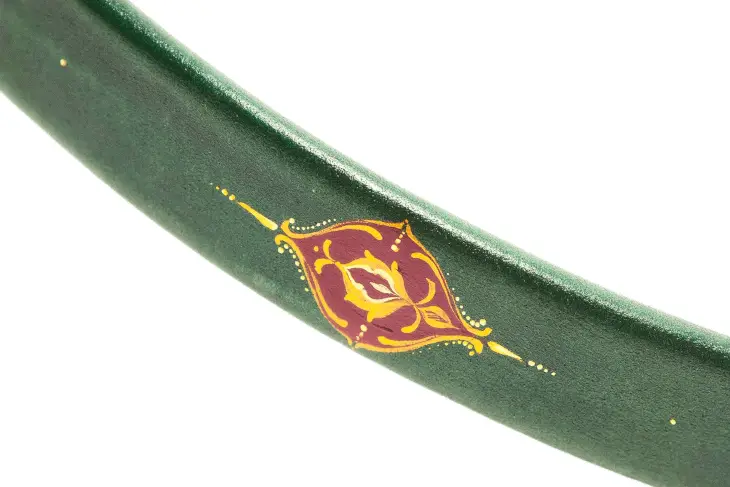
Q: Do you have any advice for someone who is looking for a classic bow, but who does not how to select one, or which bow to buy?
A: Here’s my first bit of advice: don’t overdo it. Asiatic bows require a LOT of strength. A lot of guys who get big and strong and think it’s time buy their first traditional Asiatic energy-storing recurve-reflex bow end up placing it on their wall and forgetting about it, either broken or not used at all. Being strong and brave can damage your joints! When it comes to draw weight, don’t overdo it.
When you’re selecting a bow, there are four things I think you should keep in mind:
1) Your budget. I only sell bows you can use, but you want to get something that you can afford.
2) Get something you’ll practice with. If you are a novice (and compound bow experience does not matter—those are an entirely different type of bow), you should practice a lot. There’s a steep learning curve with these bows.
3) Draw weight. As I mentioned earlier. It’s somewhat related to your physique and expertise but more so to the purpose of the bow.
4) Personal taste—looks are important!
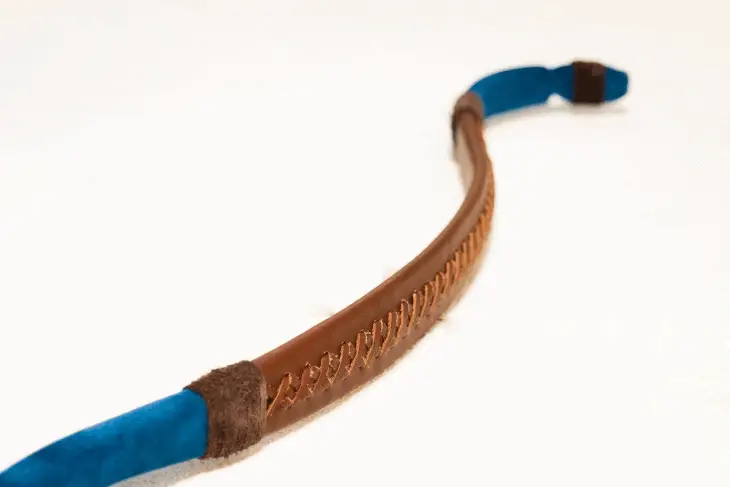
Q: Absolutely! These are bows, but they’re works of art, too, and you want to get something that appeals to the artist in you.
What are the advantages of a classic bow, over modern recurve bows that people use today?
A: NOTHING. If you don’t care for skills and tradition, ALWAYS go for modern bows. Even a recurve bow with an arrow shelf is way easier to shoot than a traditional Asiatic one. If you want something easy, get yourself a compound, bubba!
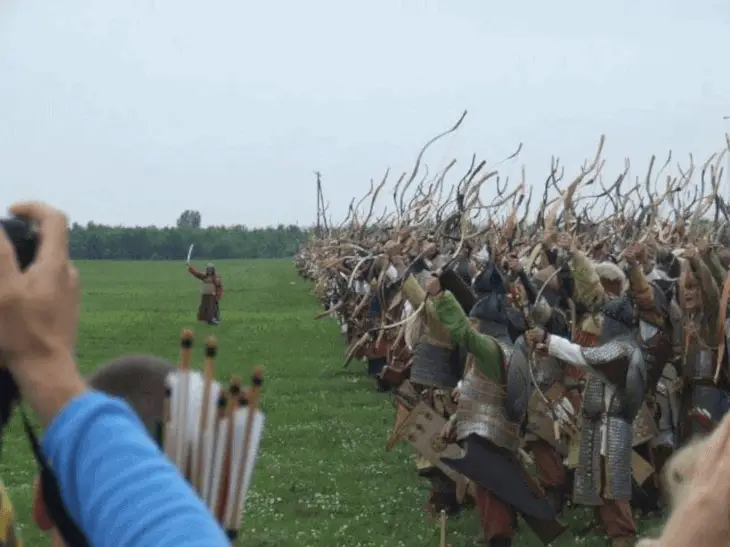
Q: Ha! I’ll let everyone know. If one of our readers does buy one of your bows, how should he/she take care of it?
A: The most important things is to learn how to brace it properly. It’s very easy to do, but most novice archers fail here. Also, do not shoot it when you don’t know how—it’s not so easy! Learn to shoot properly, and build your skills.
Otherwise, just the basic stuff. Don’t shoot them when they get very hot or very cold. And that goes for all the bows I sell—they are all quite weather-resistant but extreme temperatures might damage especially the more expensive ones.
Q: We’ve gotten a lot of questions from bow hunters who would like to use classic bows. What advice can you give them? Is there a specific type of classic bow that is great for hunting? What should they keep in mind when selecting a bow and using it?
A: There’s no single type of bow that’s good, specifically, for bow hunting—bow hunters should always be certain that they’re using a draw weight that’s strong enough to hunt animals, and they need to practice. As I mentioned, there’s a steep learning curve on Asiatic bows, and you need to learn how to use them.
Q: That about wraps it up for the time we had—Zoltán, we want say, THANK YOU! I think a lot of people are interested in classic and Asiatic bows, but don’t know where to start. Thank you for talking with us, and all the best to you and Classic Bow!


